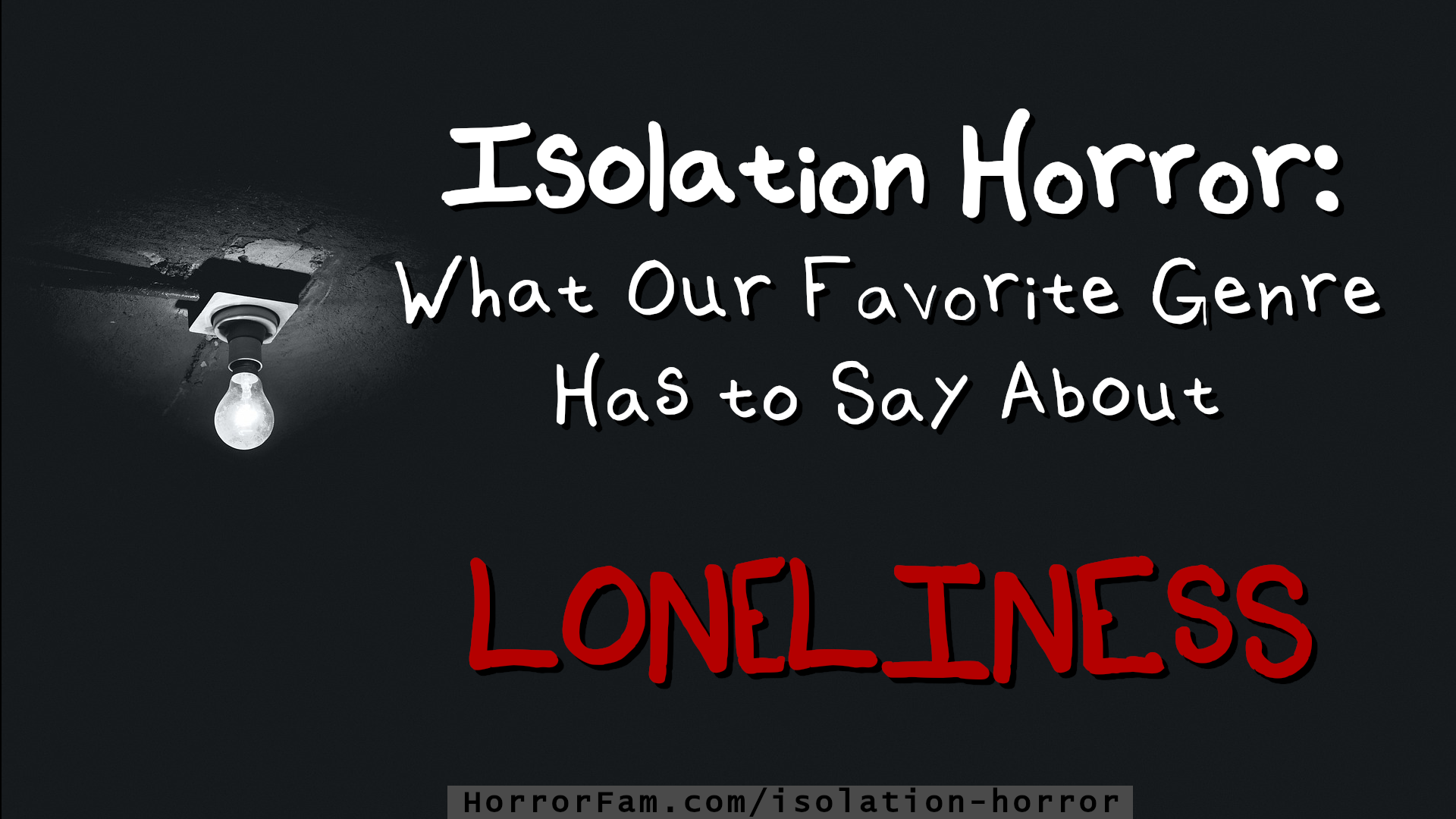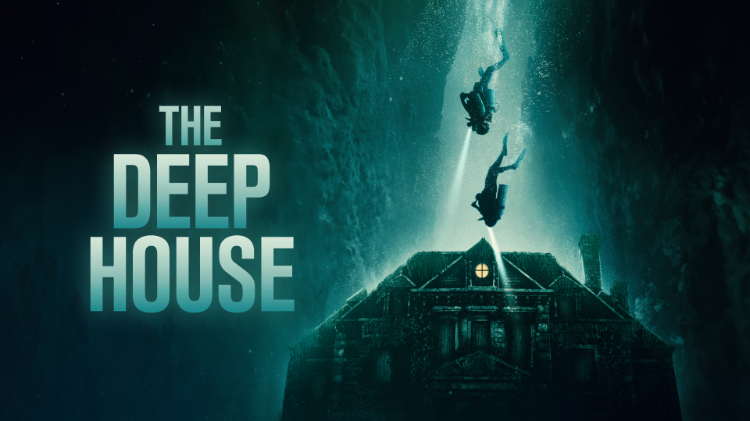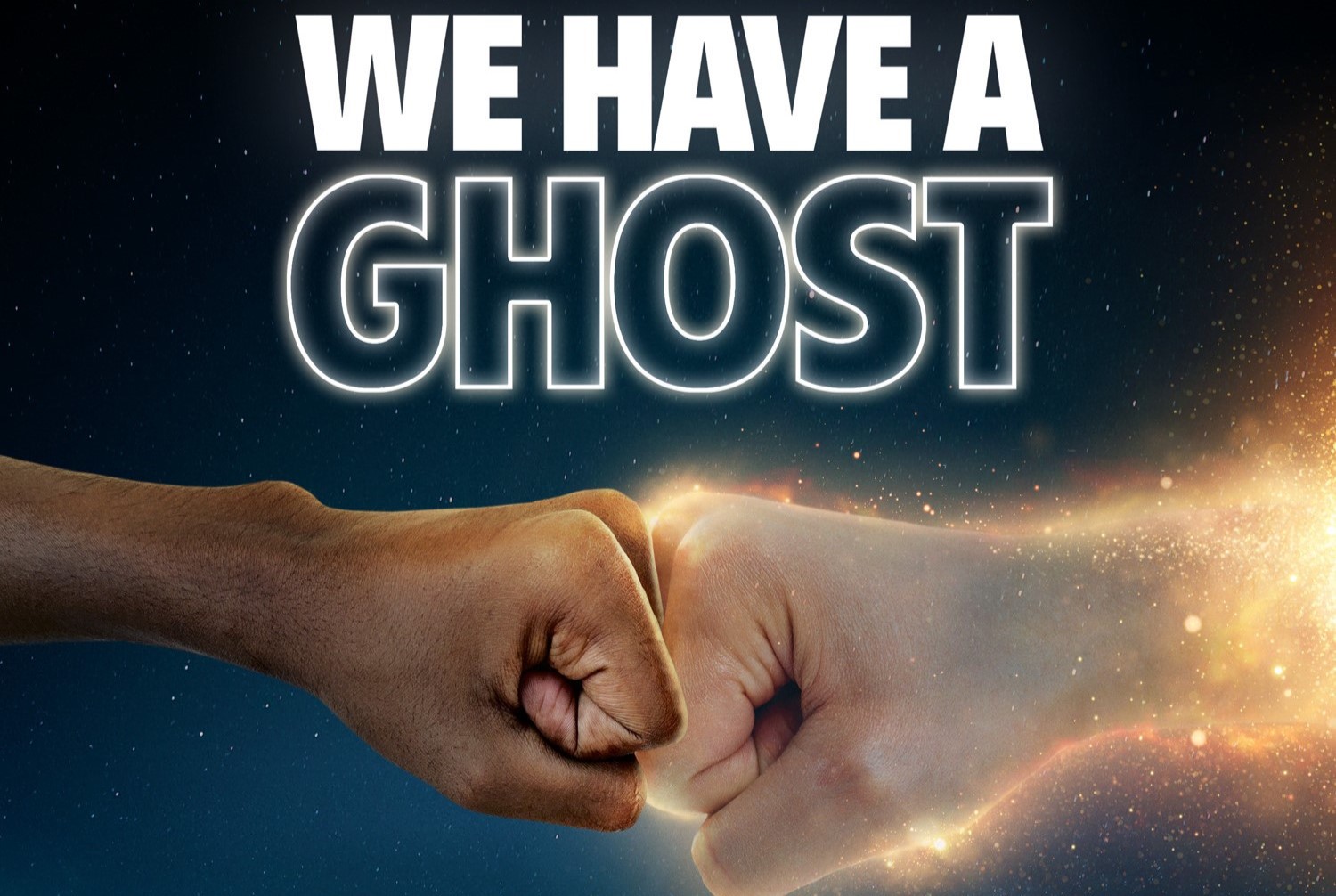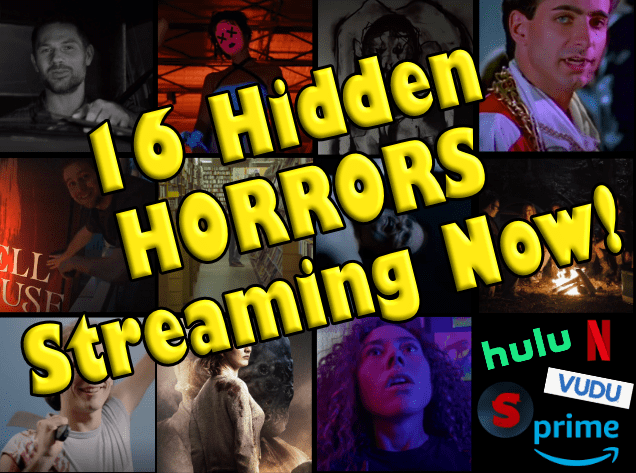Isolation is horror’s best friend.
Possibly one of the most effective devices in the genre’s history, isolation spans multiple subgenres of horror because of its simplicity. Humans are social creatures, after all–thriving in community and conversation. So much so that recent studies have linked loneliness to health risks as harmful as smoking cigarettes. It’s a no-brainer that isolation remains a hot topic in the bowels of horror, dissecting our psyche when faced with extreme forms of lonesomeness.
Isolation is a Mind Game.

Isolation’s effects on the human mind are as fascinating as they are dangerous. Perhaps that’s why so many stories would rather explore this aspect of the beast than anything else. One man is no stranger to that: Stephen King – the horror master himself.
In The Shining, for example, Jack Torrance and his family are isolated from civilization in the Overlook Hotel. Kubrick’s classic version of this story showcases Jack as someone already deeply troubled, fighting alcoholism, violence, and his own unwavering mental health. Once the Torrance family locks themselves up in the hotel, Jack’s mental state takes a rapid decline for the worse. While, yes, the hotel is severely infested with ghosts, Jack is shown to not be haunted by the spirits, but rather encouraged to fully escape his last shred of humanity.
The isolation only gives his madness room to grow. When he’s away from the world, Jack doesn’t have to worry about reality anymore… he can play.
But what about those who are suffering silently? What happens when they’re forced into isolation?
Enter Gerald’s Game.

Jessie and her husband drive to a remote home to reignite their relationship. What starts as a lovey-dovey trip turns sinister when Jessie is left handcuffed to the bed after her husband dies mid-foreplay. With no way out, she soon becomes delirious – not just from her loneliness, but also from the lack of food, water, and hope. Her mind begins to shatter, projecting hallucinations of her dead husband who taunts and torments her.
As the story continues, the audience soon realizes that Jessie had been suffering in silence before any of this – trapped by trauma, CSA, and her own self-doubt.
Where The Shining takes Jack’s inner demons outward, Gerald’s Game forces Jessie to heal from hers. Unlike Jack, Jessie is able to overcome the cycle of abuse, breaking free from the handcuffs and staring her abusers straight in the face.
Isolation Has No Friends.
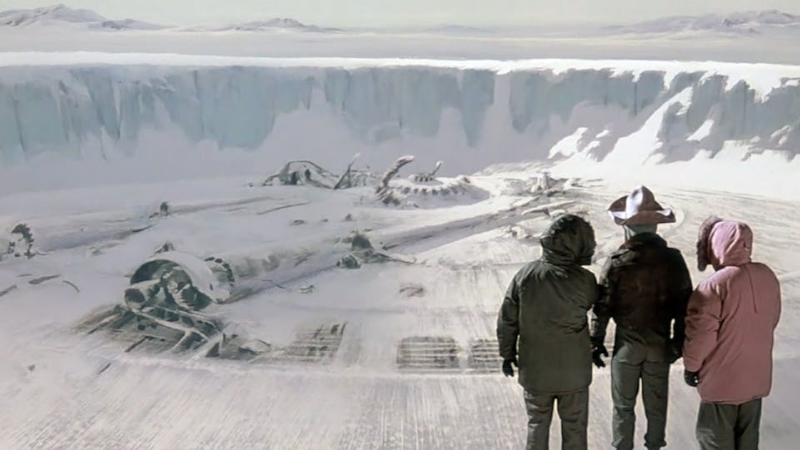
There are two films that highlight the terrifying paranoia that comes from isolation: The Thing and The Blair Witch Project. In both movies, we watch a group’s trust in one another crumble with each passing moment.
In The Thing, the unseen threat turns everyone against each other, as the fear of having no help eats away at their sanity.
In The Blair Witch Project, the group descends into madness, their fear of the unknown pushing them into a constant state of paranoia. One asks, “Who is the monster among us?” The other asks, “Are we even safe alone?”
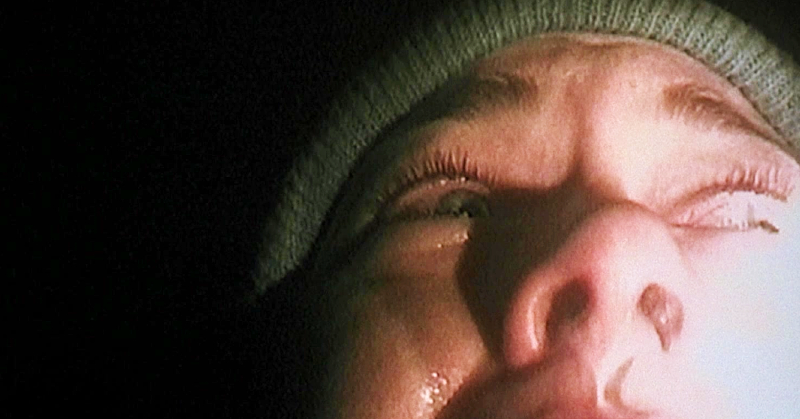
In both stories, isolation isn’t just a scare tactic. Isolation is what cuts the cord. With no one to call and no way out, the fear burrows under their skin like maggots.
It’s their endings, however, that truly set them apart.
In The Thing, MacReady and Childs are the last two standing. They’re isolated together, yet unable to trust each other. The dread intensifies: who is the threat?
In The Blair Witch Project, the last two characters are met with the truth behind their fear, forced to face their deaths head-on. One ends in frozen uncertainty, the other ends in disorienting chaos. Both leave audiences uneasy.
No One Can Hear You Scream
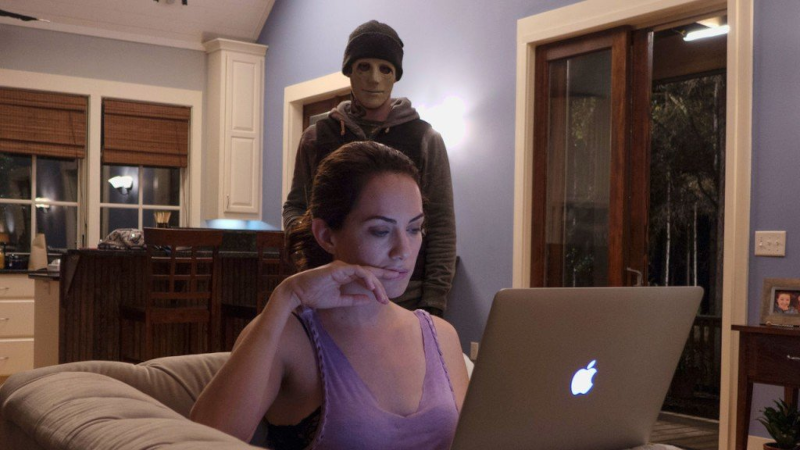
In isolation, silence is often the loudest. When you’re alone, there’s nobody to hear your cries. You suffer not only alone – but unheard.
Hush and A Quiet Place tackle the deafening silence of isolation head-on.
In Hush, a deaf woman is in a remote cabin, stalked relentlessly by an intruder. She can’t hear the screams of others – nor will the others hear hers. And yet, through it all, she manages to outwit the killer and survive the night.
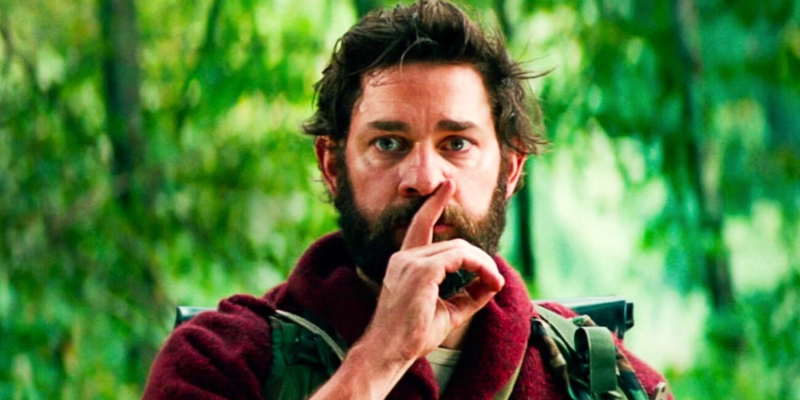
Meanwhile, A Quiet Place focuses on a family in a post-apocalyptic world overrun by aliens with hypersensitive hearing. Even the smallest of sounds mean death. There’s no physical isolation but, rather, an emotional one.
While silence is the most oppressive part in both films, it operates differently within each. In Hush, silence isolates the individual. In A Quiet Place, it isolates the family from one another.
Trapped in the Flesh.
Sometimes, isolation isn’t about being completely alone. Sometimes, it’s about being trapped at someone else’s mercy.
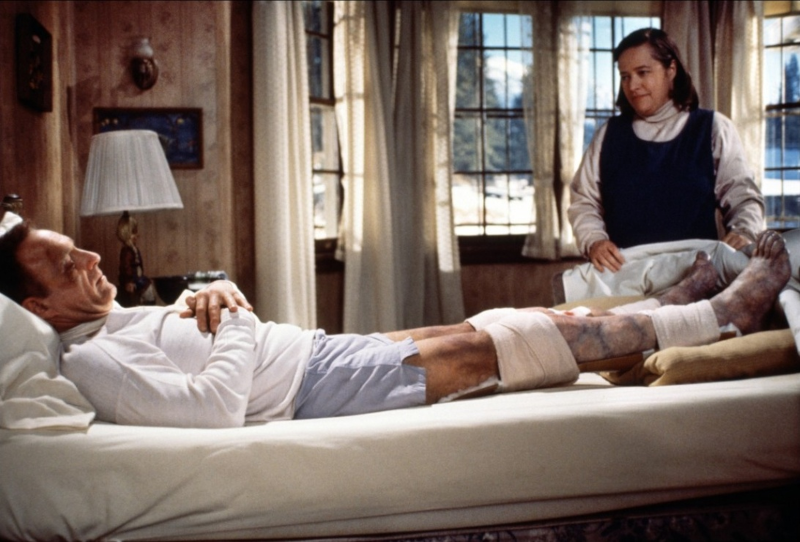
Take, for instance, another Stephen King classic: Misery. In this story, Paul is a famous author who gets in a wreck in the remote mountains during a snowstorm. Annie Wilkes – who just so happens to be a big fan of Paul’s writing – saves him and nurses him to health in her home. However, Annie becomes more and more deranged with each passing moment, forcing Paul to write a new book from her favorite Misery series… by any means necessary.
She drugs him, breaks his legs, and controls every moment of his existence. Paul isn’t just isolated from the world, but his own autonomy.
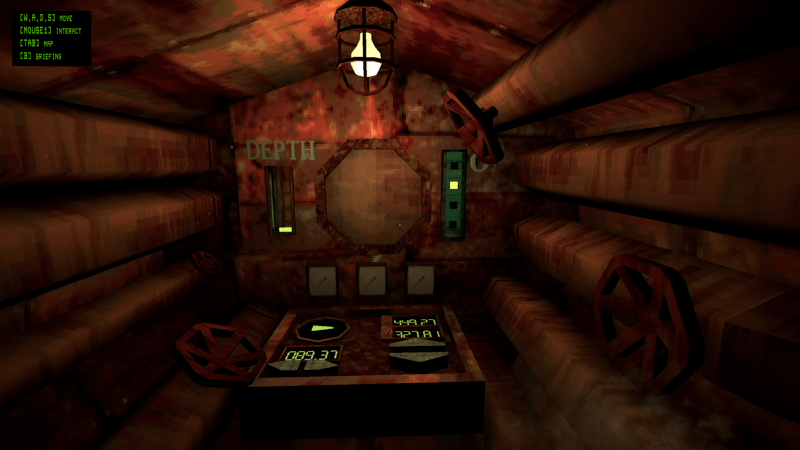
Similarly, Iron Lung features a character also trapped against their will. This video game follows an unnamed convict sent to explore the bloody oceans of a distant moon in a rusted submarine with no windows. As the planets and stars disappear, the last remnants of humanity are desperate to find new life. So, they send a prisoner into the dark with a crude map, poor quality camera, and the inevitable promise of death.
Both Misery and Iron Lung explore how the mind bends reality when you’re trapped long enough. Paul must manipulate Annie to survive while he suffers through pain and fear. The convict starts to hallucinate, unsure of reality.
Isolation doesn’t leave you alone… it leaves you completely helpless.
Isolation is the End.
From remote submarines to snowy hotels, isolation acts as the red string that connects everything. In horror, it doesn’t just act as a fear device – it acts as the infection that runs through our blood. It doesn’t matter if you’re being hunted, haunted, or held hostage… because nobody is coming to save you.
***The article above was written by Skyla Macy. She also provided her own film & game screenshots. You can learn more about Skyla in her author bio below!***
Where to Watch the Isolation Horror Films Mentioned
Our content is 100% reader-funded and if you watch a movie we’ve recommended using our links below, you’ll be helping to support HorrorFam.com at no additional cost to you!
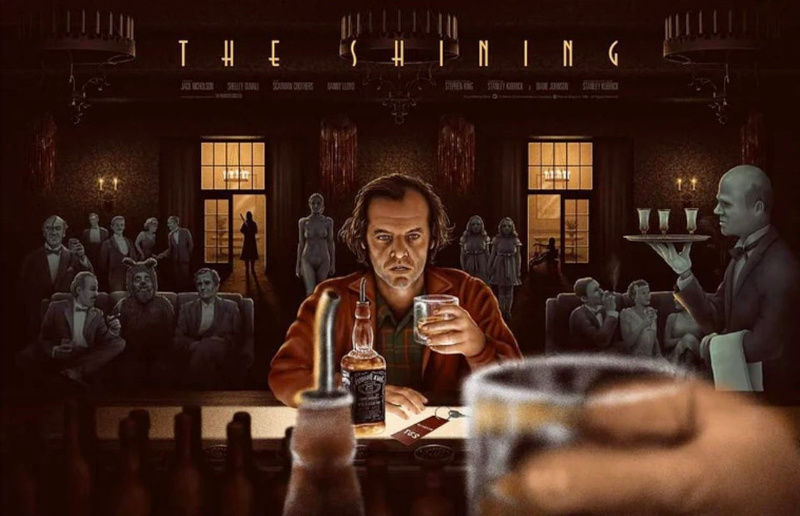
Where The Shining (1980) is streaming now:

Where Gerald’s Game (2017) is streaming now:
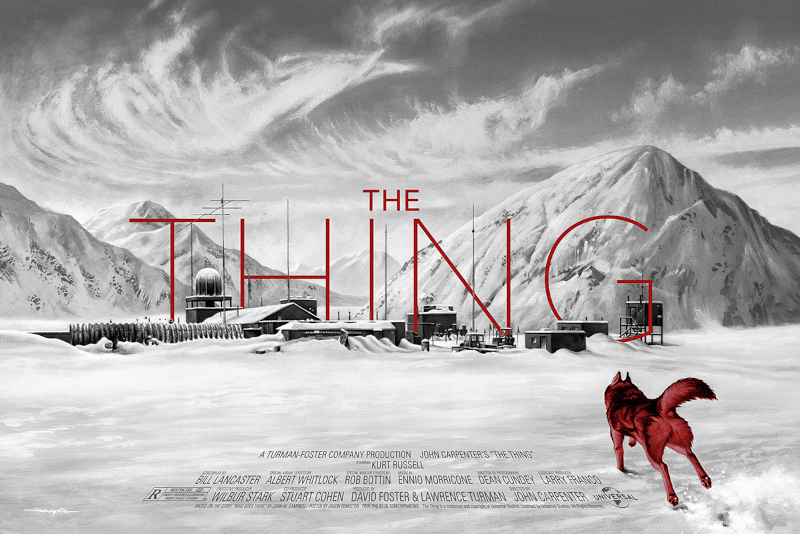
Where The Thing (1982) is streaming now:
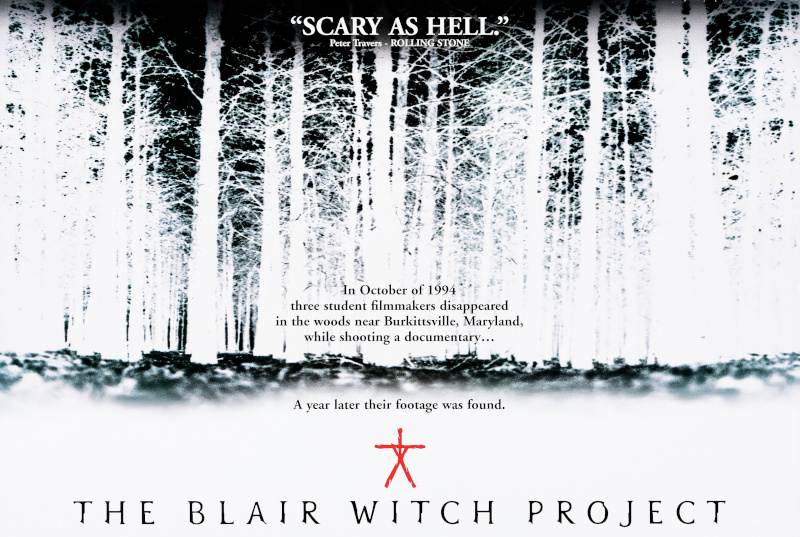
Where The Blair Witch Project (1999) is streaming now:
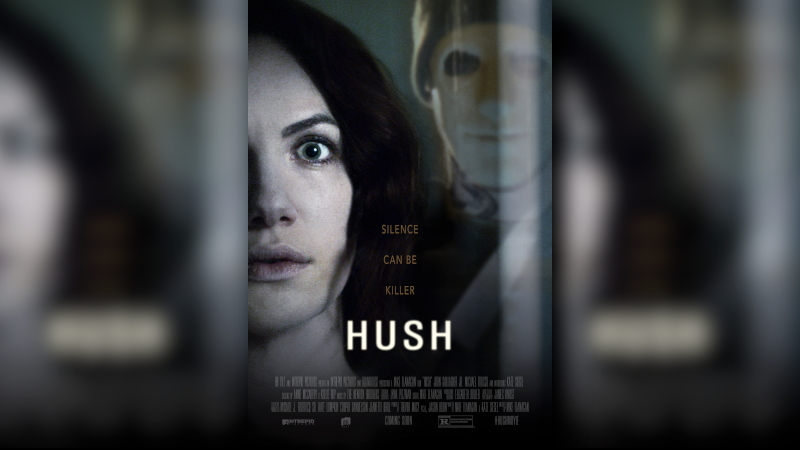
Where Hush (2016) is streaming now:
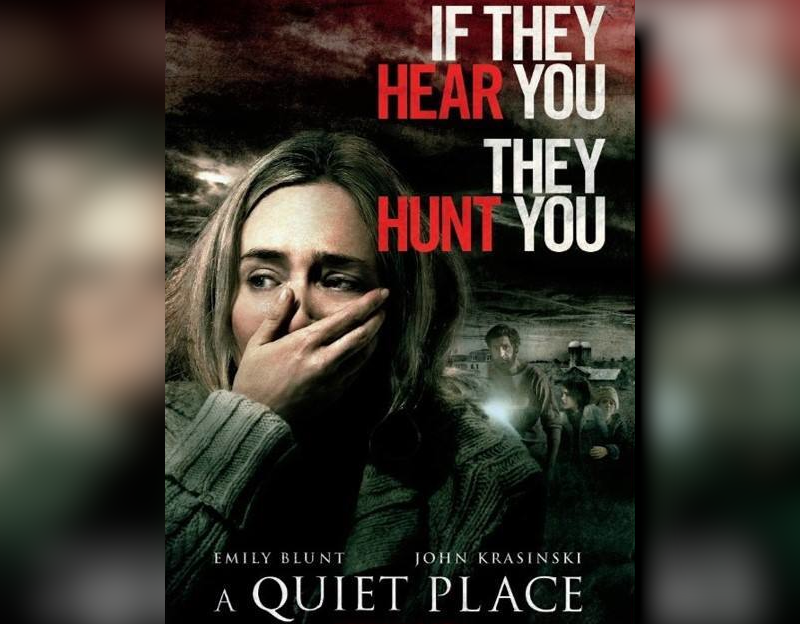
Where A Quiet Place (2018) is streaming now:
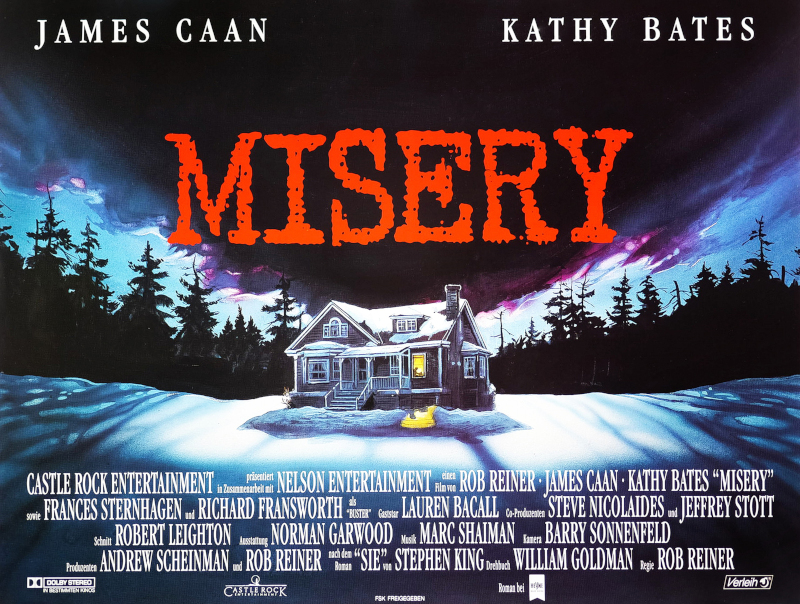
Where Misery (1990) is streaming now:
And this one isn’t an affiliate link and won’t help support HorrorFam.com, but if you’re interested in the isolation horror video game Iron Lung, it’s on Steam.

Movie posters used in this post were purchased via CineMaterial. The featured image is a stock photo of a lonely lightbulb from Pixabay.

